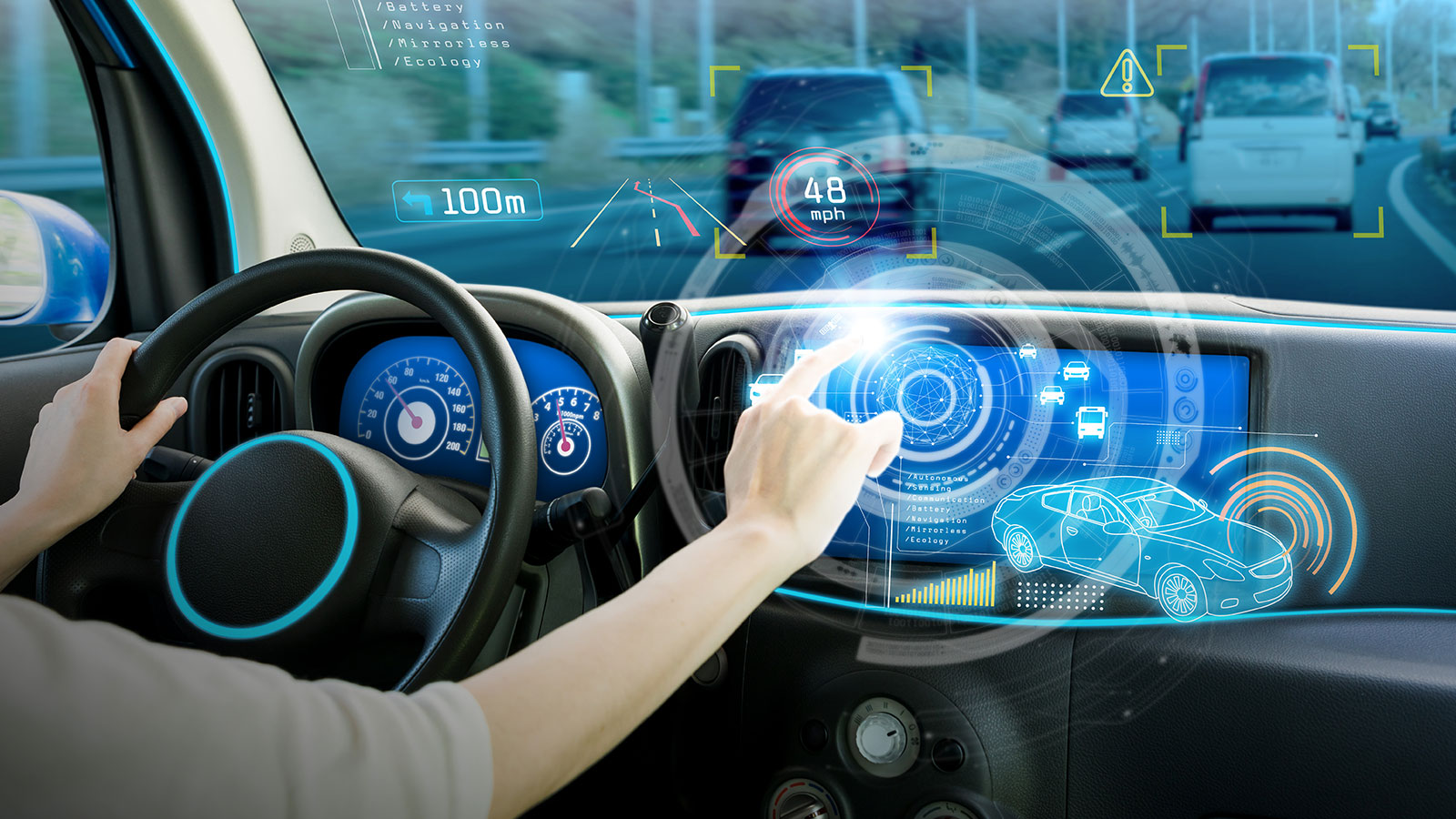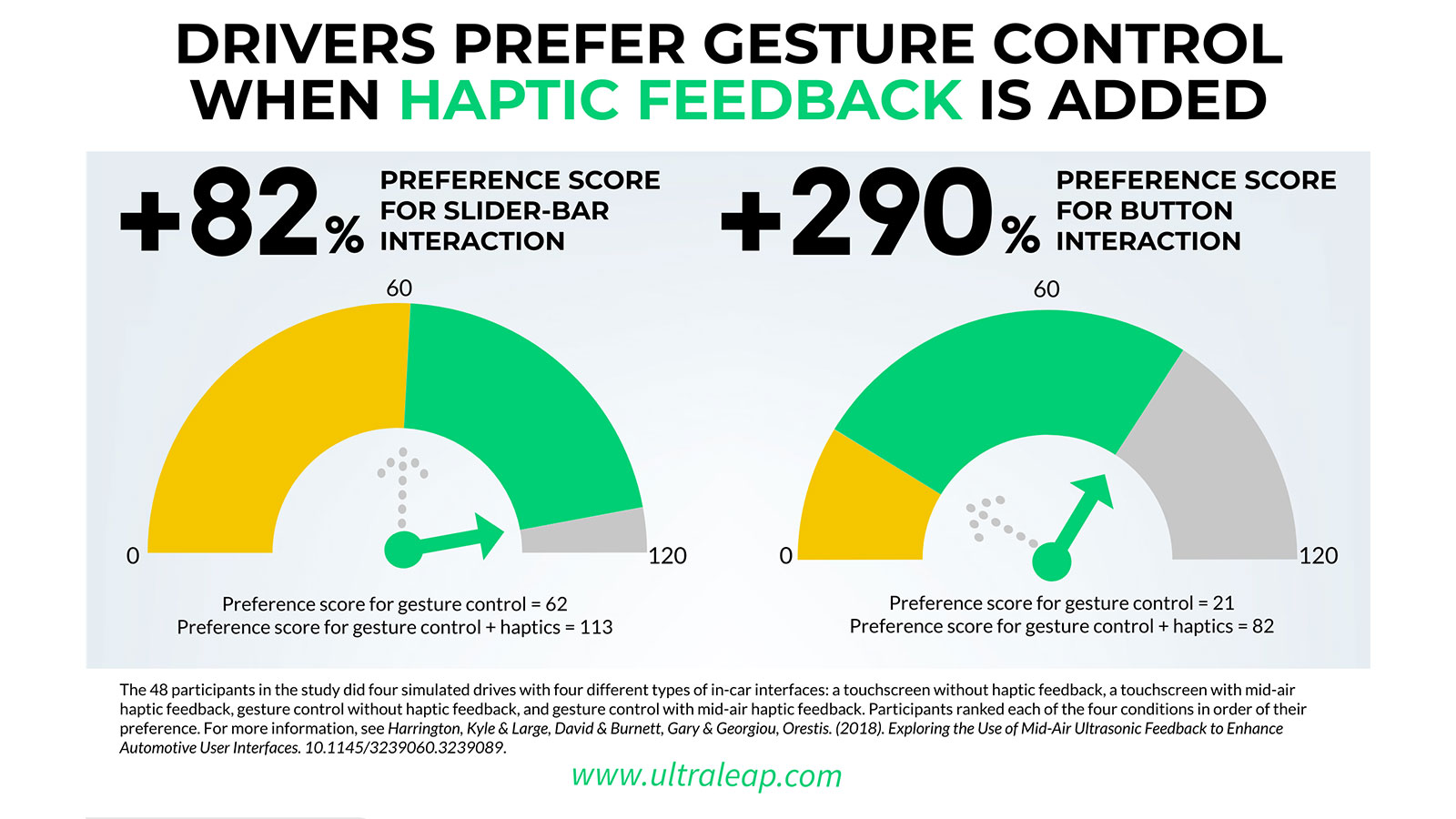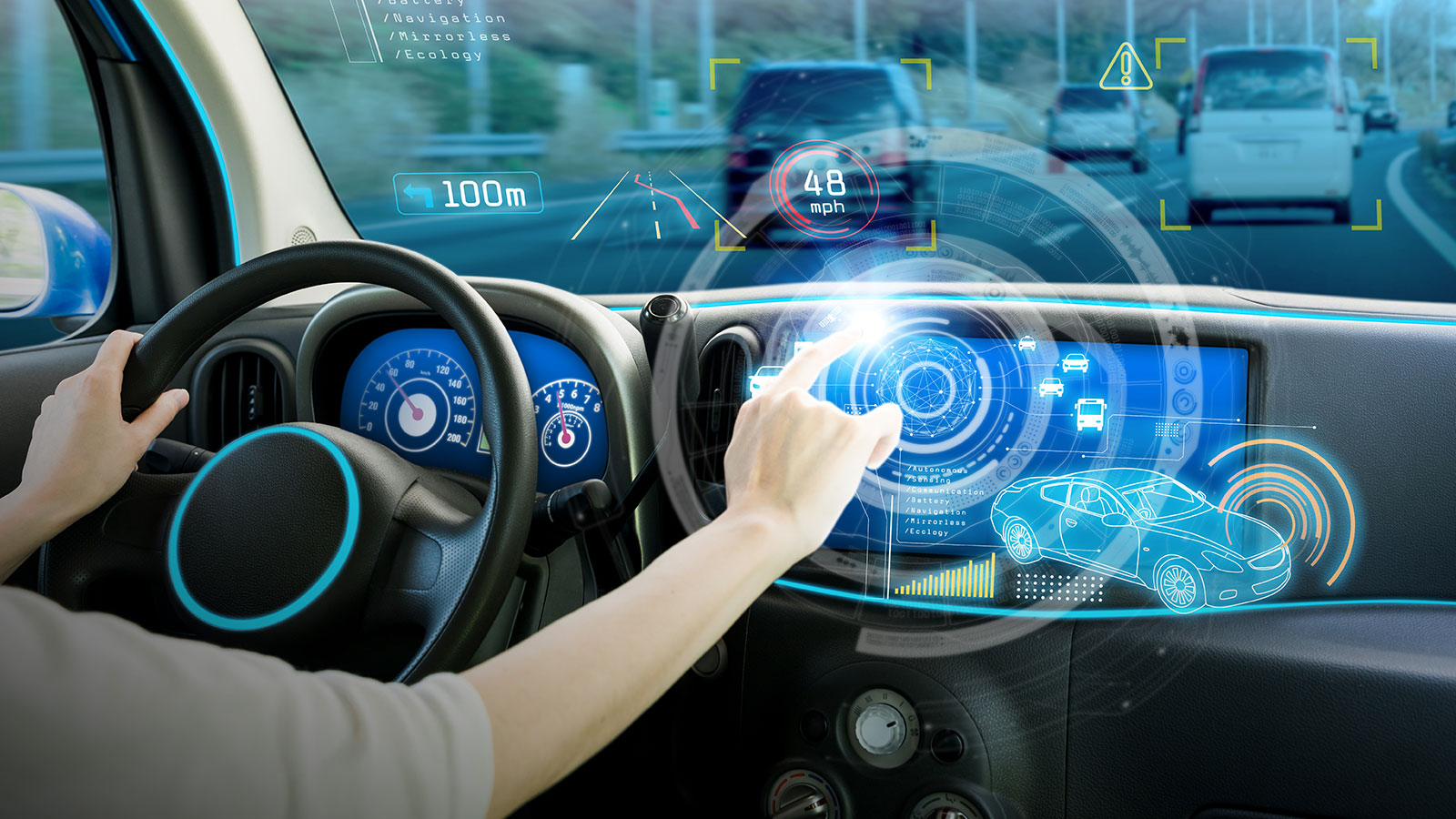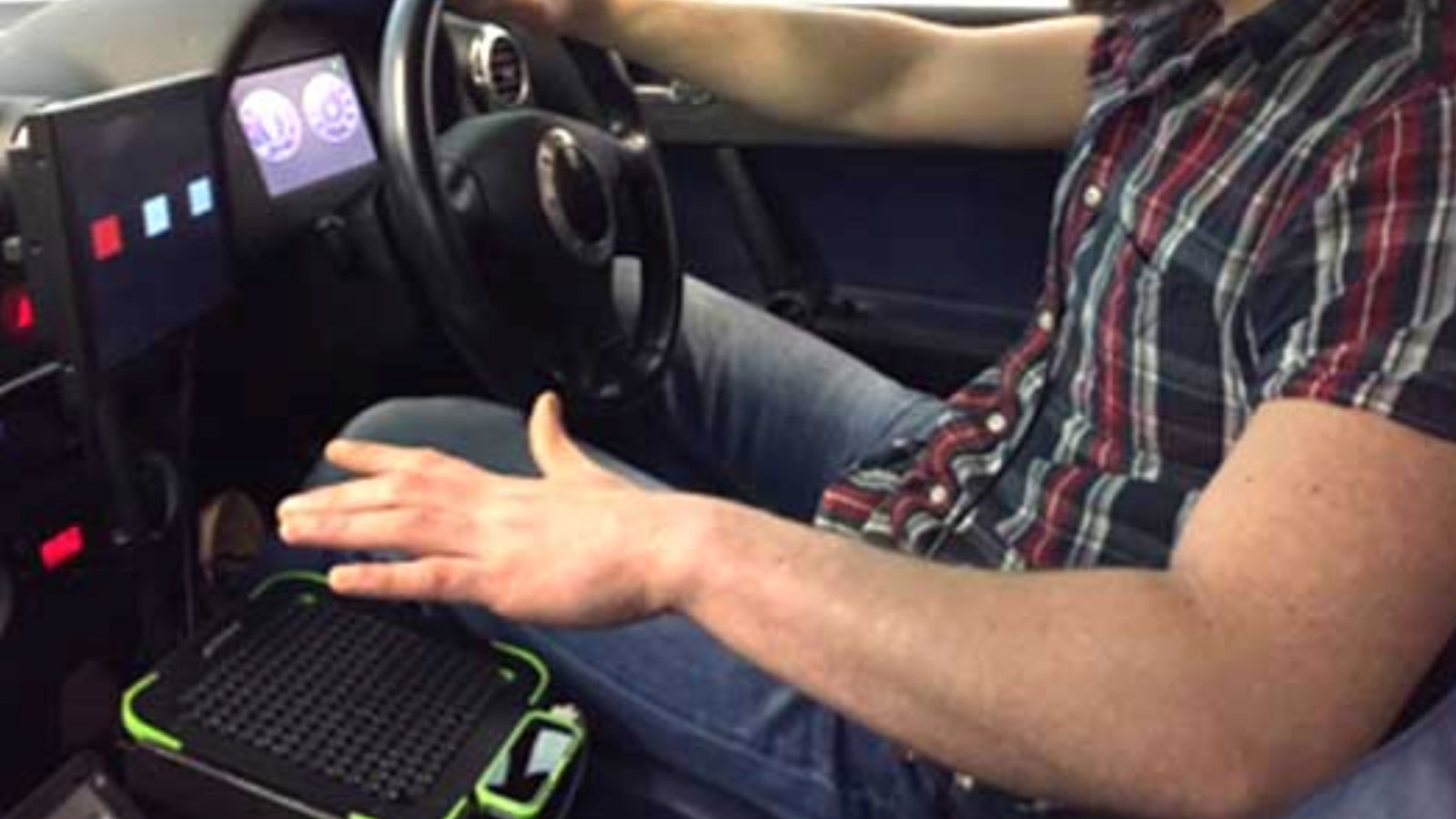
Automotive UI Study: Drivers Prefer Gestures + Haptics
Posted; August 29, 2019
We talk a lot about the impact of haptics on safety in automotive UI, but less about its impact on driver experience. Charlie Alexander, Ultraleap's Director, Automotive Product, writes about how drivers have been shown to prefer gesture control systems when haptic feedback is added.

We all know buying a car is about more than just safety and efficiency, important though these are. It’s also about astonishing driving experiences, stunning design, and the thrill of a seamless connection with a high-performance vehicle.
This isn’t only true for young consumers. The most important factor for 38% of car buyers in their forties is brand image, a 2016 UK survey showed. And 49% of buyers in their fifties say driving experience is the most important thing they look for in a car.

Gesture control in automotive UI
The automotive gesture control market is forecast to be worth over $13bn by 2024. Among others, BMW, Mercedes-Benz, Volkswagen, Ford, Hyundai, Nissan, Toyota, and Lexus are all in the process of implementing gesture control systems.
Companies such as Bosch and Harman have already added Ultraleap's haptic technology to gesture control. The technology uses ultrasound to create programmable tactile sensations in mid-air. It’s typically used to assure drivers their hands are in the right place and to confirm commands have been recognized and accepted.

Most discussion around gesture control focuses on the impact on safety: driver distraction and “eyes off the road” time. We talk less, however, about how this new component of automotive UI influences driver experience.
Haptics, gesture control, and driver preference in automotive UI
Ultraleap recently conducted a study with the University of Nottingham, UK. It measured the impact of adding mid-air haptics to gesture control in automotive UI.
The results as far as “eyes off the road” time and accuracy were impressive. But just as impressive were the preference scores drivers gave.
We tested two different types of interaction: a button and a slider-bar. For the slider, adding haptic feedback to gesture control increased preference score by 83% (or 51 points). For the button, adding haptic feedback increased preference score by 290% (or 61 points).

The preference scores were also borne out by what drivers told us about their experiences, saying things such as, “It [haptics] gave me more confidence that I chose the correct number.”
The uplift in preference score was broadly similar for both types of interactions. (The button interaction had a much higher percentage increase because it was coming off a relatively low base.) This suggests that adding haptic feedback should be expected to generate a predictable uplift in driver preference across different types of interactions.
Connecting drivers with their vehicles in gesture-controlled automotive UI
“Trailblazing design and breathtaking performance undoubtedly arouse longing and pure emotion,” write BMW. “However, the actual connection between driver and high-performance car is provided by the user interface.”
Imagine what it would be like to try and steer a car without being able to feel the steering wheel in your hands. That gives you a sense of just how central tactile sensations are to the connection a driver has with their vehicle.

Most gesture-controlled automotive UI today still lacks tactile sensations. Our brains, however, have evolved to expect tactile information as a fundamental component of connection and interaction. Behavioural studies have even shown that when tactile sensations are missing from interfaces, users may feel anxious.
Incorporating haptic feedback into gesture control in automotive improves not only safety but also driver experience – both of which influence purchasing decisions.
As automotive UI continues to evolve, brands are fusing multiple technologies (gesture recognition, haptics, eye tracking, voice recognition, audio cues, and more) with machine learning to deepen the connections between drivers and vehicles in new ways. Find out more about how Ultraleap is powering the automotive interfaces of the future here.
Charlie Alexander is Director, Automotive Product at Ultraleap, where he leads the development of revolutionary forms of automotive UI in collaboration with major OEM and tier 1 manufacturers.